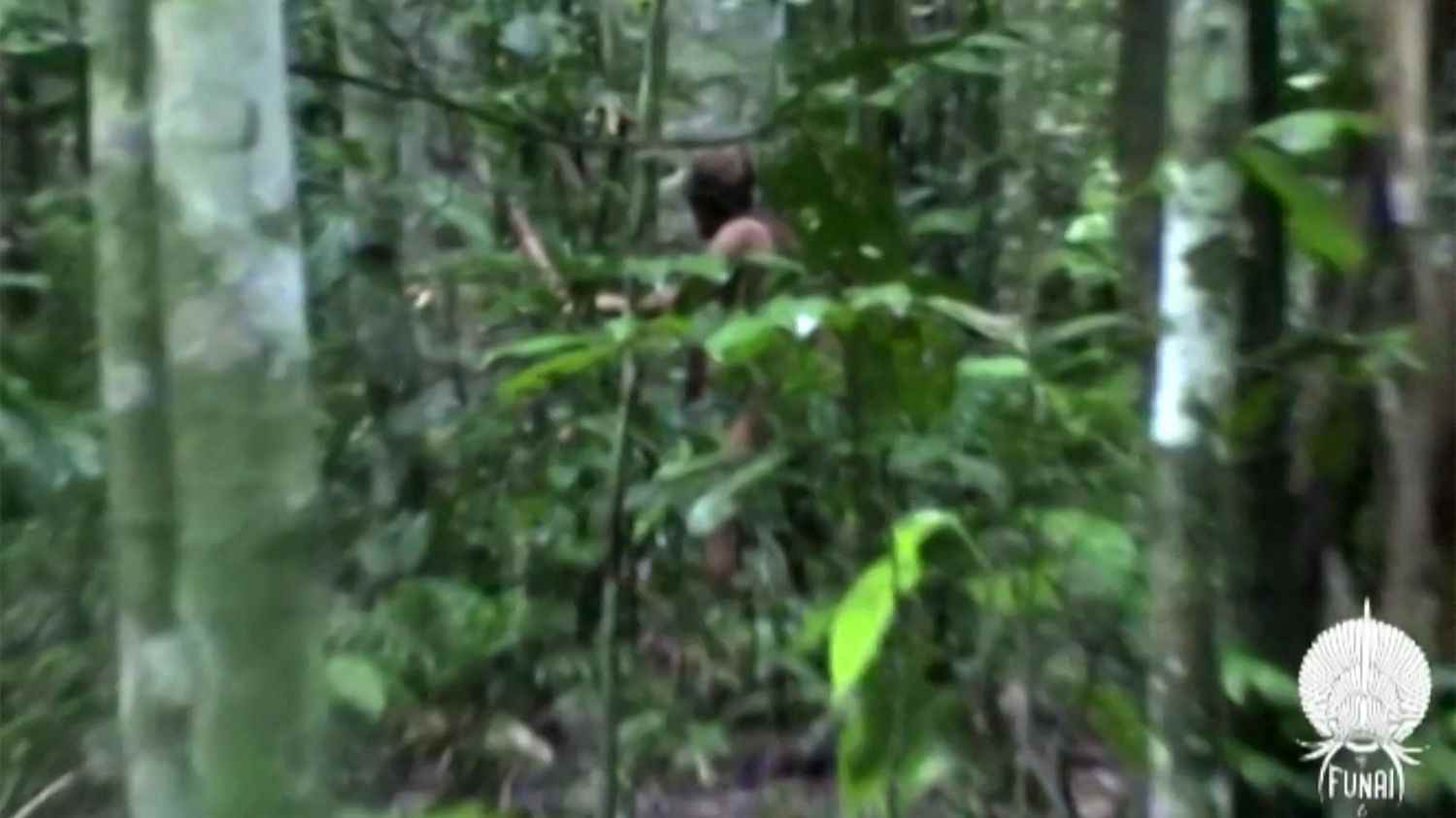He was found by chance during a routine patrol by the agents in charge of the protection of the natives, in the heart of the forest: lying in a hammock hung outside his straw huts, his body in a state of decomposition was covered in brightly colored parrot feathers,”as if preparing for death“said Marcelo dos Santos, a retired explorer who followed his well-being for Funai, the national indigenous foundation of Brazil. His death, considered natural, dates back to more than a month.
Known as the “Man of the Hole,” the last member of an Indigenous group was found dead this month in Brazil, marking the first recorded disappearance of an isolated tribe in the country. https://t.co/ep4jasih8m
— The New York Times (@nytimes) August 30, 2022
Spotted in the 1990s near the border between Brazil and Bolivia, the man resisted all attempts at contact for almost thirty years, setting traps, shooting arrows at those who dared to enter his territory. Refusing the tools, the seeds or the food that some sometimes left for him in the forest.
The only images we have of him date back to 2008, shot on the sly by a Franco-Brazilian anthropologist, Vincent Carelli. The man, of medium build, is almost naked. He cuts a tree trunk with a kind of axe. No one has seen him since.
‘Man of the Hole’: Last known member of uncontacted Amazon tribe dies https://t.co/7NtkeV12AV pic.twitter.com/p3PqeYitMZ
— New York Post (@nypost) August 30, 2022
He was famous and yet he had no name… He was simply called “Índio do Buraco”, “the native of the hole”, because he systematically dug pits three meters deep, in his huts to hide or shelter, others in the jungle to capture animals. He died without ever revealing what ethnicity he belonged to. No one has ever heard of him.
We know despite everything that he was the last survivor of his tribe. In the 1970s, illegal Brazilian ranchers looking for land to expand distribute rat poison as an offering, only a handful of survivors. Twenty years later, miners, this time, attack the camp and massacre what remains of the tribe. “The man in the hole” is the only one to survive. Living in complete isolation away from strangers, running away from men was his best chance for survival.
In 1998, to protect him, the government’s indigenous affairs department, Funai, then created for him a huge fenced reserve of 8,000 hectares known as the indigenous territory of Tanaru. Under the Brazilian constitution, indigenous peoples have the right to their traditional lands.
Access is restricted, agents patrol regularly… But several times his plots of cultivated land and his huts are destroyed. In 2009, farmers damaged a Funai observation post and fired shots. Indigenous rights groups have demanded that even after his death, the Tanaru reserve be given permanent protection.
The man in the hole is not the last isolated Indian in the Amazon: there are still around thirty groups deep in the jungle, of which we know almost nothing of their language or culture.
But Brazil has a total of around 240 tribes, which have been increasingly threatened since Jair Bolsonaro came to power by the incursions of miners, loggers or farmers. The Head of State – who puts his mandate back into play in October – does not hide his contempt for the Indians. He even said that his country had “made a mistake“by not decimating them, as the United States had done. Jair Bolsonaro both relaxed regulations to expand logging, ranching and mining in the Amazon and reduced protections for indigenous groups and protected lands, and cut federal funds and personnel, weakening agencies responsible for enforcing indigenous and environmental laws.
The risks facing indigenous peoples in Brazil were highlighted recently when activist Txai Suruí received death threats after delivering an impassioned speech at the opening ceremony of the COP26 global climate summit in Glasgow.
